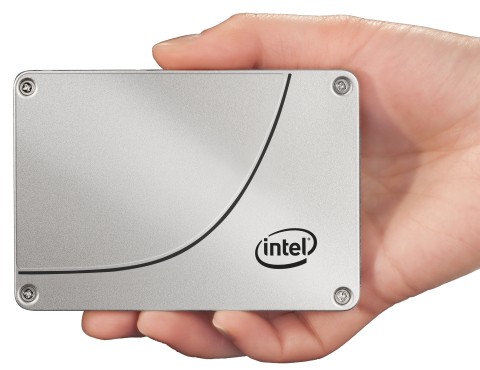Solid State Drives are known for their speed and reliability. However, when it comes to storage space, they are backward which Intel plans to solve by creating 3D Nand in association with Micron.
Each one of the chip used in the SSD is expensive and it allowed a single memory stick or so to be stacked on it, which is why the cost of drives continue to be really high even for 256 gigabytes of storage space. Samsung innovated the vertical or V-Nand which helped solve the storage problem to a good extent.
Now, Intel and Micron has joined the race. The companies in their joint venture have announced that they are planning to launch 3D Nand which is capable of offering more storage space for cheaper rates. In current generation of SSDs, memory chips feature a single plane design over which 3D Nand will be placed vertically which saves a lot of space. With this new vertical storage design, which is similar to Samsung's solution but more efficient, manufacturers will now be able to add more storage capacity by using a single chip, Digital Trends confirmed.
A single solid state drive may hold more than one chip and if one 3D Nand could over 48 GB as reported by Intel, users will get 3.5 terabytes of data on M.2 drives. When the size of the SSD is 2.5 inches, it could easily offer up to 10 TB of space using this technology.
For a long time now, solid state drives have been expensive when it comes cost per gigabyte but with this new technology, it will drastically come down while allowing users to switch to SSDs permanently. They may no longer have to put up with the slow speeds of traditional hard drives, according to Tech Radar.
Intel confirms that samples of 3D Nand and chips have been sent to vendors to use them. While Samsung pioneered the idea, Intel and Micron have built it better which leads to serious competition. The company confirms that users will soon be able to carry palm sized external SSDs that offers terabytes of data on the go. It is expected to go into production in late 2015 and will be available for consumers by next year.



























